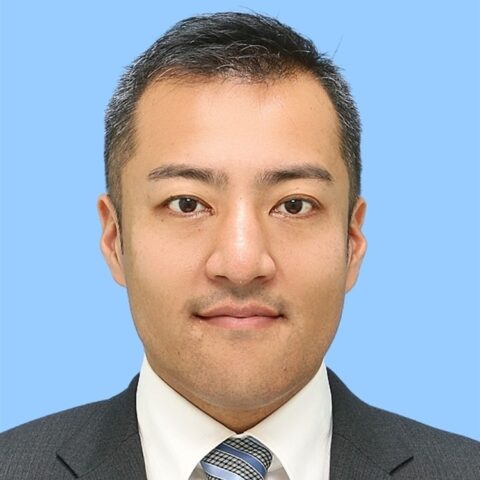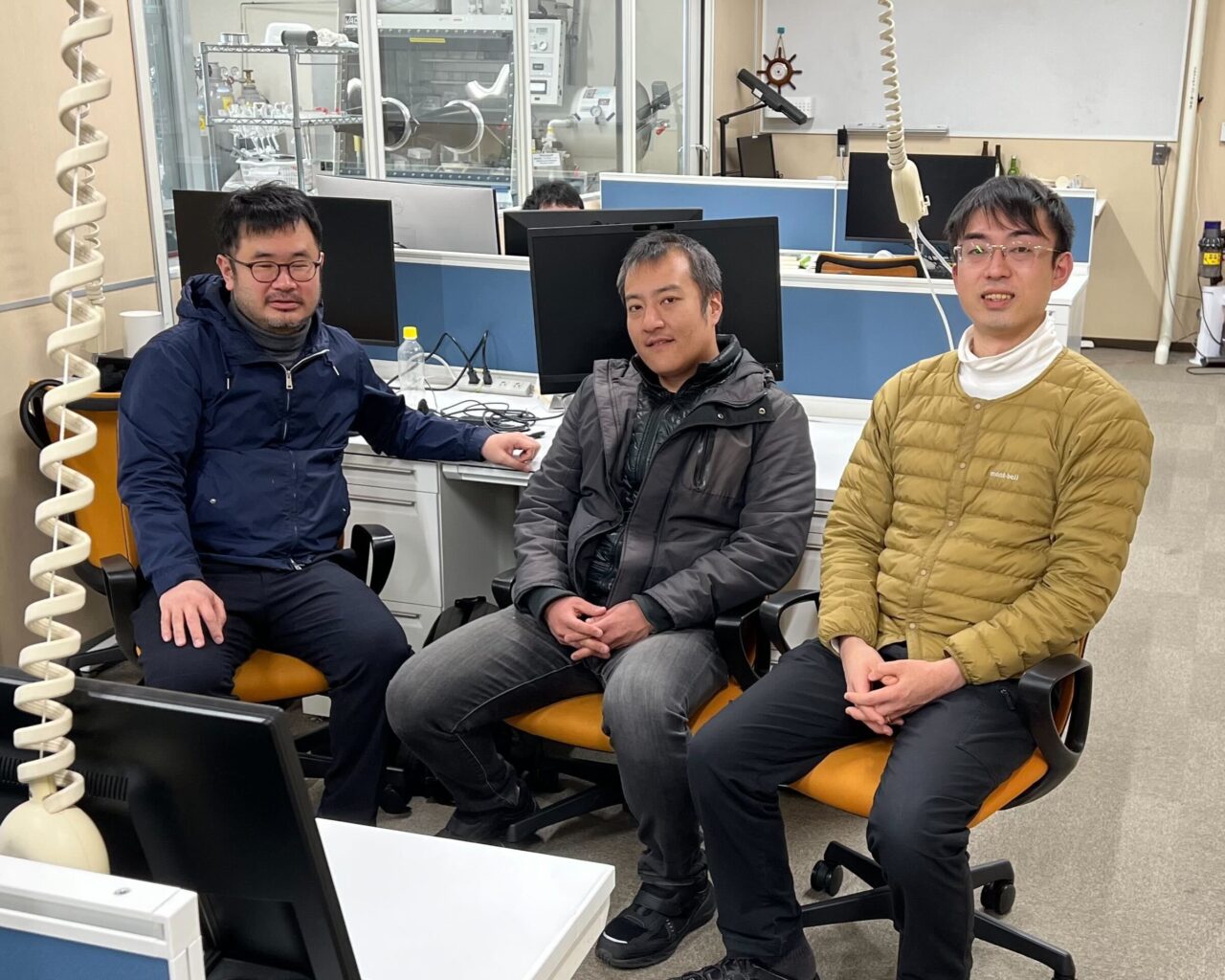 I learned about the start of applications for MANABIYA from Prof. Mita, a close friend from my student days, I had the opportunity to participate in the MANABIYA program in late February 2024. The timing coincided with a period of heavy snowfall, requiring snow boots to navigate the challenging conditions. Due to personal and professional commitments, I undertook the demanding schedule of traveling between Tokyo and Sapporo twice within two weeks. Despite these challenges, my anticipation for the valuable learning experiences ahead kept me motivated.
I learned about the start of applications for MANABIYA from Prof. Mita, a close friend from my student days, I had the opportunity to participate in the MANABIYA program in late February 2024. The timing coincided with a period of heavy snowfall, requiring snow boots to navigate the challenging conditions. Due to personal and professional commitments, I undertook the demanding schedule of traveling between Tokyo and Sapporo twice within two weeks. Despite these challenges, my anticipation for the valuable learning experiences ahead kept me motivated.
The environment at MANABIYA was entirely different from what I was accustomed to. It offered a unique space where faculty and students engaged in free and constructive discussions, unbounded by hierarchical barriers. Such an environment was nothing short of inspiring, and I found it to be a dreamlike experience. Lunchtime conversations with Prof. Mita, Assoc. Prof. Hayashi, and others were not only intellectually stimulating but also filled with enjoyable moments of personal connection. I was deeply touched by the thoughtful gestures of hosting both a welcome and a farewell party despite my short stay.
During the program, I gained significant insights into AFIR, particularly the Manual and SC-AFIR methodologies, which I applied to my research on transition-metal-catalyzed reactions. I was impressed by how these methods enabled efficient transition-state (TS) searches. SC-AFIR, in particular, required careful adjustment of computational parameters, but seeing the predicted products align with experimental outcomes was a truly remarkable and rewarding moment. This experience provided me with new perspectives to advance my research further.
Even after the program concluded, I received continued support through online follow-ups.
Thanks to this guidance, the research theme I brought to MANABIYA successfully culminated in a published paper. The ability to achieve such profound learning and tangible outcomes in a short period is a testament to the exceptional support system and the enriching environment of MANABIYA. I also purchased a workstation and a GRRM license, establishing an independent research environment. This setup has enabled us to apply GRRM to various research projects. While I had already been using Gaussian before participating in MANABIYA, incorporating GRRM has allowed us to perform complex transition structure calculations more easily and efficiently. Today, it is hard to imagine conducting research without GRRM.
Participating in MANABIYA has been an invaluable experience for me. I would like to take this opportunity to express my deepest gratitude to Prof. Maeda, Prof. Mita, Mr. Yamada, Mr. Kanna, and all those involved in the program. I am committed to using this experience as a foundation for future challenges and further advancements in my research.


